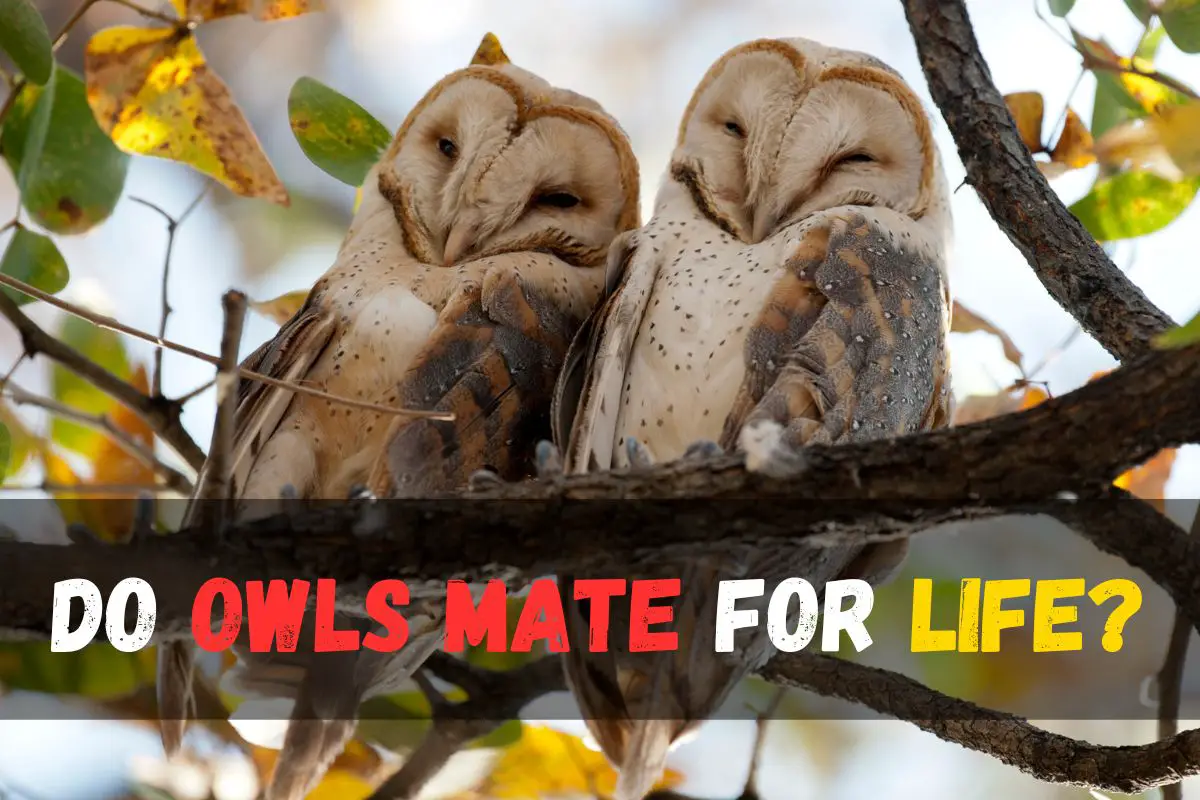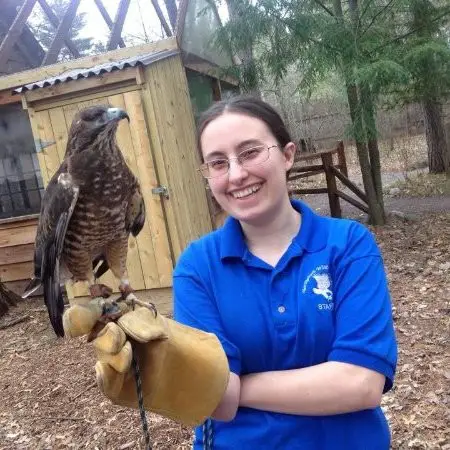Do owls mate for life?
As a bird lover with a deep fascination for the enigmatic world of avian creatures, one question has always piqued my curiosity: do owls mate for life? Yes, they do. Owls, those mysterious and captivating birds of prey, have a unique allure that transcends the mere fascination with their haunting nocturnal calls and keen hunting abilities. The idea of monogamy, lifelong partnerships, and the intricate courtship rituals that may be concealed within these feathered creatures’ love lives beckons me to delve deeper into the realm of owl behavior. Join me on this journey to unravel the secrets of owls’ romantic lives and explore the intriguing world of avian relationships.
Owls, known for their remarkable hunting prowess and enigmatic nature, have often been associated with the concept of monogamy. They establish profound bonds and select a mate, with a dedicated focus on a shared nesting site and the upbringing of their brood. Similar to lovebirds and other monogamous species, owls exhibit certain predictable mating behaviors. Their courtship rituals, filled with displays of affection and commitment, mirror the romance observed in humans. These behaviors emphasize the depth of their bond and commitment to their partner for a lifetime.
The notion of owls falling in love and displaying traits akin to romance might seem surprising, given their portrayal as raptors or birds of prey. However, it’s in observing their interactions and the nurturing of their offspring that the truth behind their monogamous nature unfolds. Migratory species of owls often return to the same partner and nesting site, reinforcing the concept of a lifelong partnership.
Are Owls the Smartest?
The age-old question of whether owls truly mate for life remains a subject of ongoing research and fascination in the field of ornithology. While some assert their monogamous tendencies, others highlight the need for more comprehensive studies to unravel the complete truth behind the mating habits of these captivating creatures. The complexities of owl relationships and their dedication to parenthood offer a glimpse into the intriguing world of avian behaviors, shedding light on the diverse manifestations of love and commitment in the natural world.
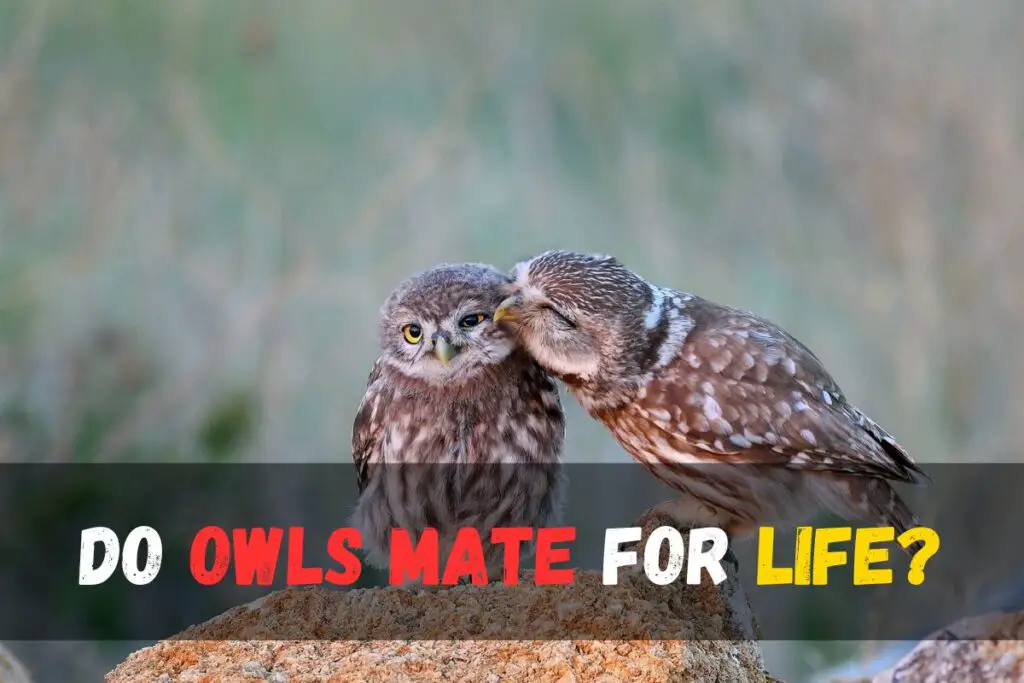
When do owls reach their sexual maturity?
The age at which owls reach sexual maturity can vary depending on the species and environmental factors. On average, most owl species reach sexual maturity at around one to two years of age. However, this can be as early as one year or as late as three years for some species.
Environmental conditions, such as the availability of food and other factors, can influence the exact timing of sexual maturity. Owls need to be physically and socially mature before they can successfully reproduce. Once they reach sexual maturity, they can start breeding and raising their offspring.
It’s important to note that the timing of sexual maturity can vary between owl species, so specific details may differ depending on the type of owl you’re interested in.
When do Barred Owls reach sexual maturity?
Barred Owls typically reach sexual maturity at around one to two years of age. This means that by the time they reach this age range, they are physically and behaviorally mature enough to engage in breeding activities and reproduce. The exact age of sexual maturity can vary slightly among individual owls, but generally, Barred Owls become capable of breeding and raising offspring at around one to two years old.
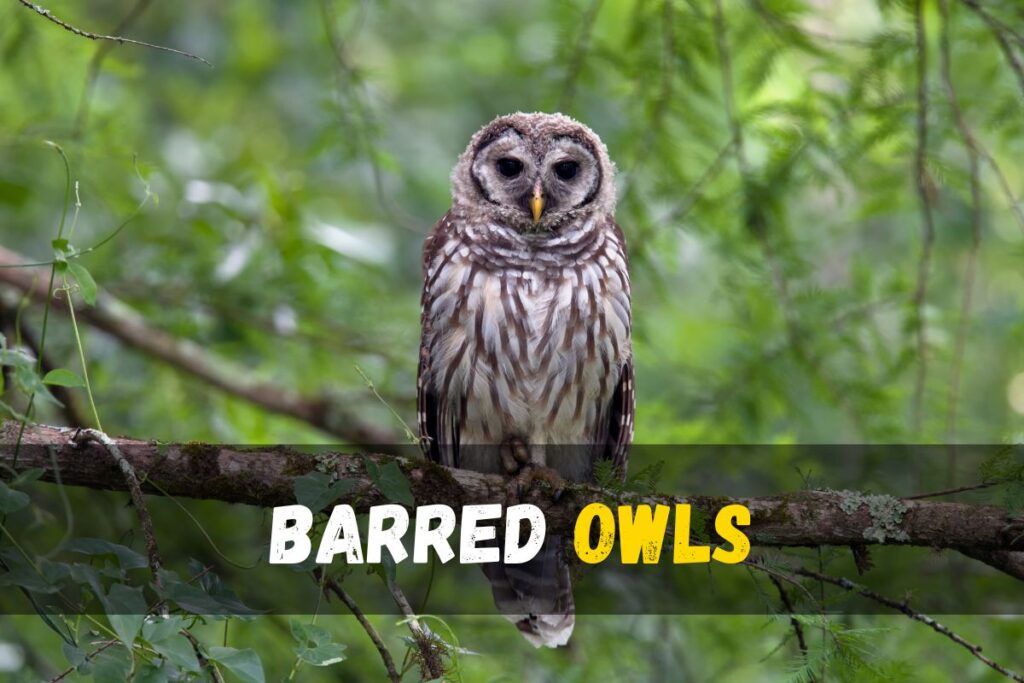
When do Barn Owls reach sexual maturity?
Barn Owls typically reach sexual maturity at a relatively young age, specifically at 10-11 months. Both sexes of these owls become ready to breed within this age range, although they generally breed only once a year. It’s noteworthy that the majority of Barn Owls reach the stage of sexual maturity around 10-11 months, indicating their readiness for breeding activities.
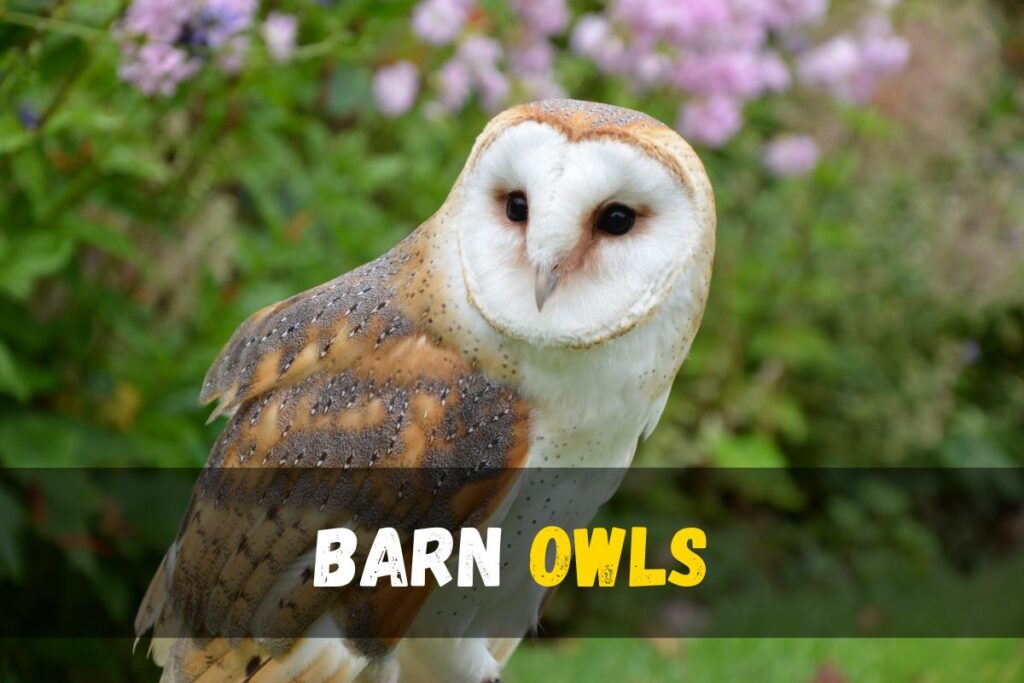
When do Great Horned Owls reach sexual maturity?
Great Horned Owls reach sexual maturity at the age of two years old. In both captivity and the wild, these owls, regardless of sex, attain the ability to reproduce and raise a brood annually by the time they reach two years of age. It’s a crucial phase in their lifespan and breeding cycle when they become capable of sustaining the owl population by reproducing. The data suggests that this maturity is reached at a relatively young age compared to their overall lifespan, as many owls can live up to 20-25 years in captivity, with some rare cases living as long as 29 years. However, in the wild, most owls do not reach this maximum age due to various environmental factors, with many succumbing before they cross their 13th year.
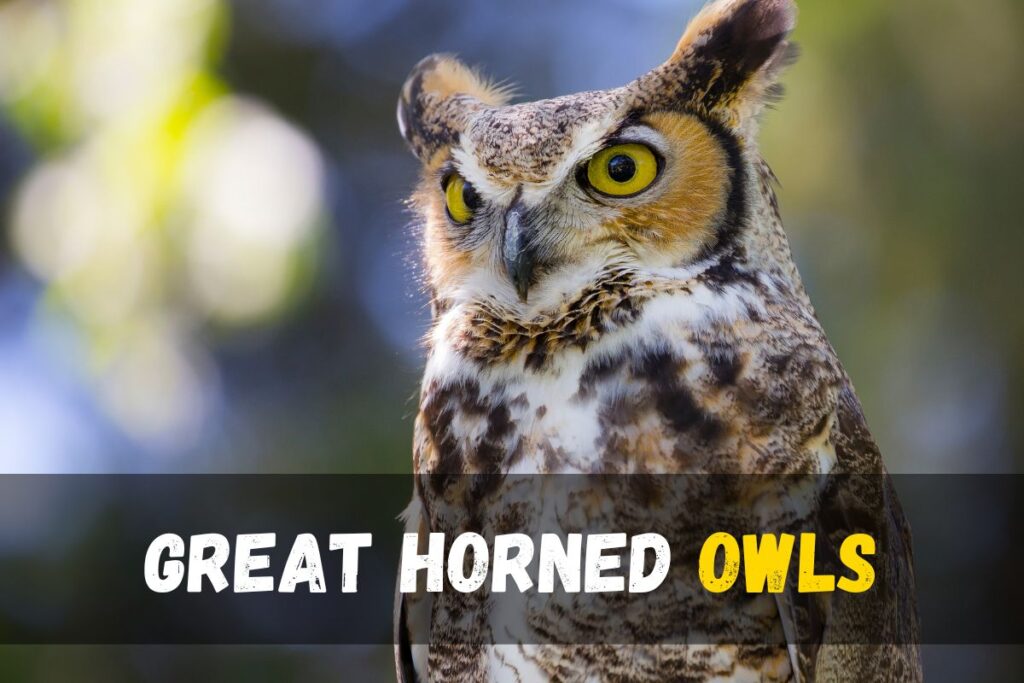
When do Western Screech-Owls reach sexual maturity?
Western Screech Owls typically reach sexual maturity relatively early in life. Both male and female owls are ready to breed at an early age, specifically at around 11-12 months. This indicates that these owls achieve sexual maturity within their first year, enabling them to participate in the breeding cycle annually. The average breeding age for Western Screech Owls signifies their attainment of sexual maturity within the first year of their lives.
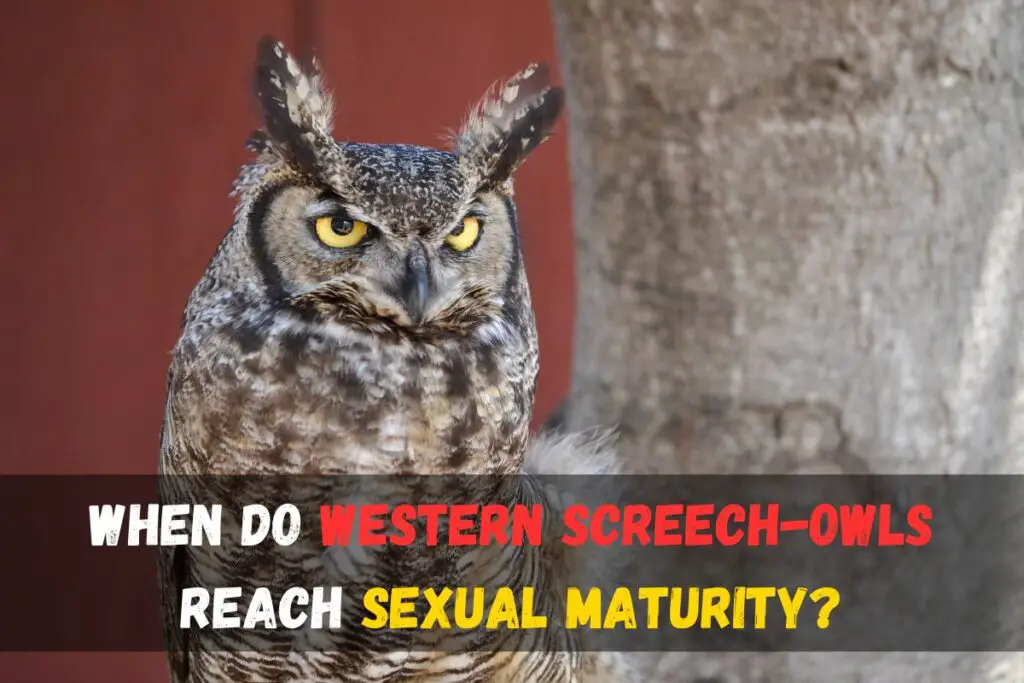
Owl Pairs Have Elaborate Courtship Rituals
Owl pairs indeed have elaborate courtship rituals. While the specific details of courtship may vary among different owl species, most owls engage in intricate and carefully orchestrated courtship behaviors. Typically, it is the male owl who takes the initiative in the courtship process. He does so by calling out to attract a female’s attention and then proceeds to perform a special courtship flight.
During this courtship flight, the male owl goes to great lengths to impress the female. He may fluff out his feathers and engage in a form of sky dancing, a captivating display meant to showcase his physical prowess and charm. This impressive performance is all to win over the female’s favor.
In addition to the elaborate flight display, the male owl offers the female a gift in the form of food, which can range from a dead mouse to a small bird. This offering serves as a tempting gesture to further entice the female into copulation.
If the female is indeed impressed and accepts the food, the two owls engage in mutual preening while perched closely together. This act of mutual grooming and bonding further solidifies their connection. Once the pair has established their acceptance of one another, the copulation process takes place, where the male mounts the female to complete the mating.
These courtship rituals among owl pairs exemplify the intricate and fascinating behaviors that contribute to their successful reproduction and the perpetuation of their species.
Do Owls Stay Together After Mating?
Owls exhibit varying mating behaviors, with some species being known for their monogamous nature. After mating, certain owl species tend to stay together, forming a strong bond as a couple. This bond serves multiple purposes, including the protection of their nest and territories against potential intruders. While some owl species remain with one partner for life, others might change partners after a few years. Certain species, such as the Boreal owl, follow a mating system known as serial monogamy, where they bond only for a specific breeding season.
The reasons for staying together vary among owl species, but the monogamous ones often display a higher level of success in breeding. This suggests that the bond formed after mating contributes positively to their breeding efforts. Therefore, while not all owl species stay together after mating, many do, and their commitment to their partners serves various beneficial purposes related to nesting, territorial defense, and successful breeding.
When Is the Owl’s Mating Season?
The owl’s mating season varies among different species, with most of them preferring to mate in the spring when prey is abundant. Some species, however, choose to mate earlier in the winter, while others do so later in the summer.
| Owl Species | Mating Season |
| Barn Owls | Late winter (Feb-Mar) |
| Great Horned Owls | Late winter (Jan-Mar) |
| Barred Owls | Late winter (Feb-Mar) |
| Screech Owls | Late winter to spring |
| Snowy Owls | Late spring to summer |
Owls tend to avoid mating in rainy conditions, as this would require them to fly in search of prey during inclement weather. Hawks, on the other hand, do not prefer mating during the rain unless compelled by specific circumstances. They, too, favor the spring when there is moderate sunshine and an ample supply of prey.
How Do Owls Attract a Mating Partner?
Owls attract a mating partner through a combination of vocalizations, behavior, and sometimes offerings of food. Here are some ways owls go about attracting a mate:
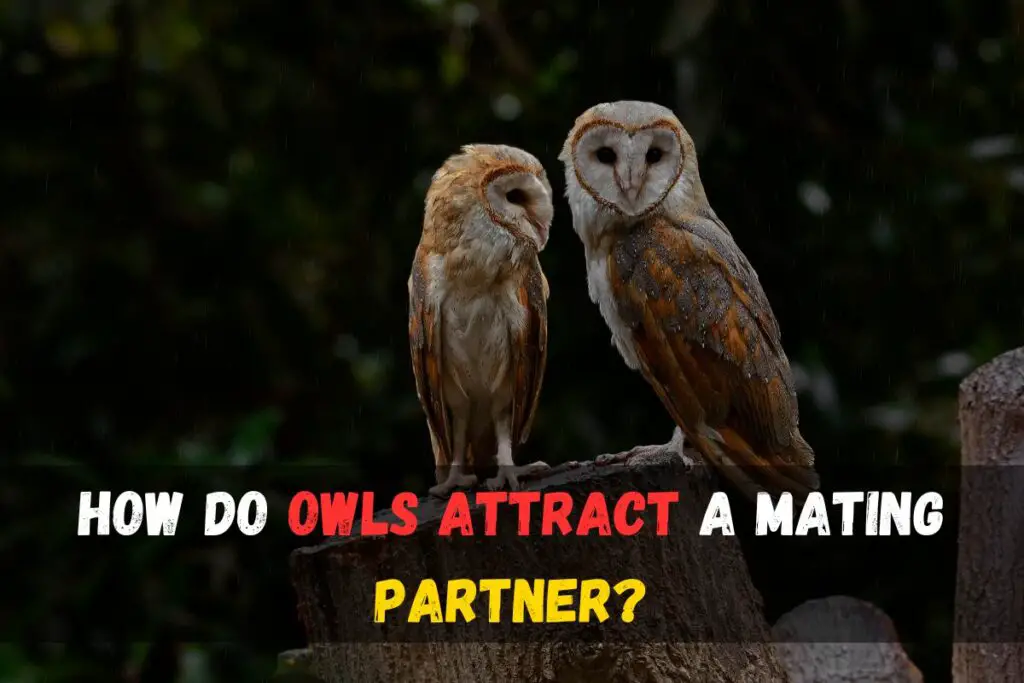
- Vocalizations: Owls are known for their distinctive calls and hoots. During the mating season, males and females of the same species will engage in vocalizations to communicate with each other. These calls serve to establish territory, advertise their presence, and signal their readiness to mate.
- Display flights: Some owl species may engage in short display flights as part of their courtship behavior. These flights involve the owls flying around each other, sometimes accompanied by vocalizations.
- Food offerings: In some owl species, the male may bring offerings of food to the female as part of the courtship ritual. This behavior not only provides the female with sustenance but also demonstrates the male’s ability to provide for their potential offspring.
- Mutual preening: Owls, like many birds, engage in mutual preening, where they groom each other’s feathers. This physical bonding and care can strengthen the pair’s bond and indicate their readiness to mate.
- Territory defense: Owls often defend their nesting territories during the mating season. This territorial behavior can serve as a way to attract potential mates by demonstrating their ability to provide a safe and secure nesting site.
It’s important to note that the specific behaviors and signals used for attracting a mate can vary between owl species. Each species has its own unique set of courtship behaviors adapted to its particular ecological niche and social structure.
How do Owls mate?
The mating process of owls typically involves a series of specific behaviors and interactions between a male and a female owl. Here’s an overview of how owls mate:
- Courtship: Before mating, owls engage in courtship behaviors to establish and strengthen their bond. These behaviors may include vocalizations, mutual preening, and sometimes the exchange of food offerings. The pair communicates and coordinates their intentions for breeding.
- Mutual preening: Mutual preening, where the owls groom each other’s feathers, is an essential part of the courtship process. It helps to strengthen the pair’s bond, establish trust, and reinforce their commitment to each other.
- Copulation: Once the pair has formed a strong bond, they proceed to copulation, which is the physical act of mating. During copulation, the male owl mounts the female from behind, and they engage in brief but intense mating behavior, typically lasting only a few seconds to a minute.
- Fertilization: Fertilization of the female’s eggs occurs during copulation when the male transfers sperm to the female’s reproductive tract. This sperm fertilizes the eggs inside the female.
- Nesting and egg-laying: After copulation, the female owl typically prepares a nest for laying her eggs. This may involve finding a suitable nesting site, like a tree hollow, a cavity in a building, or a nest box. The female lays her eggs in the chosen location, and both the male and female take turns incubating the eggs to keep them warm.
- Incubation and parenting: The incubation period varies depending on the owl species but usually lasts for a few weeks. During this time, the female and, in some cases, the male take turns incubating the eggs. Once the eggs hatch, both parents work together to feed and care for the owlets until they are ready to leave the nest.
The specifics of owl mating and breeding behaviors can vary between different owl species, but the general process involves these key stages of courtship, copulation, nesting, and parental care to ensure the survival of their offspring.
FAQ’S
How many partners do owls have?
Owls are generally monogamous, meaning they typically have one partner. Pairs of owls are composed of one male and one female, and neither of them is involved with other nesting birds. However, it’s important to note that in some Owl species, these pair bonds may last only for the duration of the breeding season, especially if the species is dispersive or migratory. So, the number of partners owls have can vary, but in most cases, they have one partner at a time.

